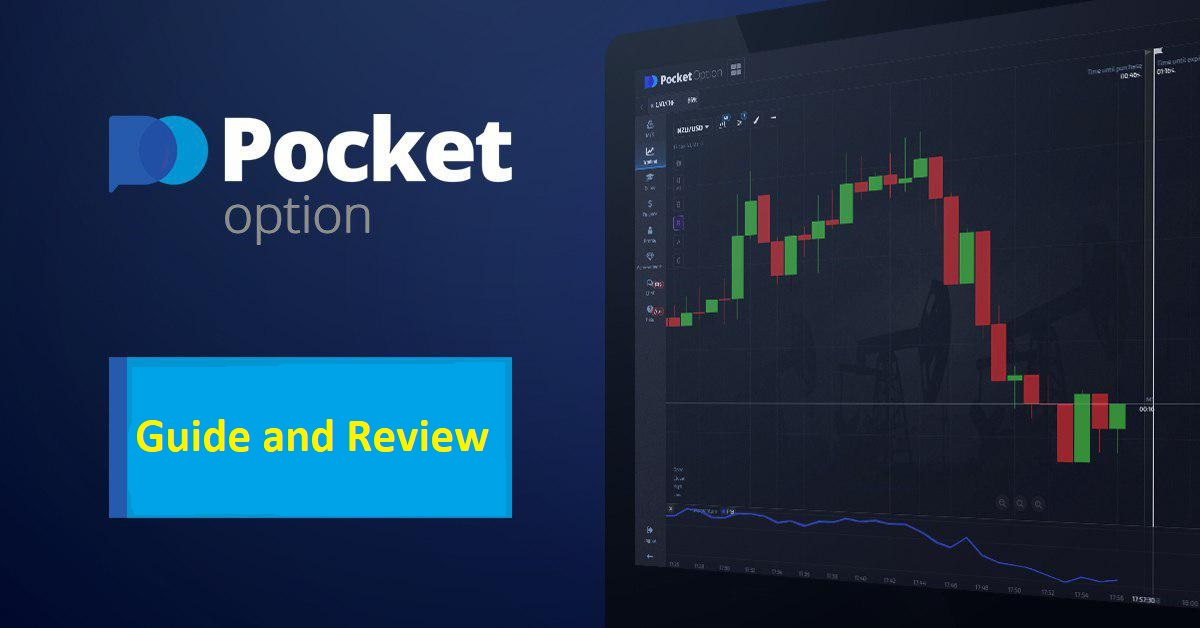Bollinger Bands Wave Strategy Mastering Market Trends

Bollinger Bands Wave Strategy
The Bollinger Bands Wave Strategy is a powerful trading method that integrates the well-known Bollinger Bands indicator with wave theory. This approach enables traders to analyze market trends and capture potential price movements effectively. Understanding how to apply this strategy can significantly enhance your trading performance. In this article, we will delve into the mechanics of the Bollinger Bands Wave Strategy and how to implement it successfully. Additionally, you can explore the Bollinger Bands Wave Strategy волновая стратегия Bollinger Bands for comprehensive guidance.
Understanding Bollinger Bands
Bollinger Bands, developed by John Bollinger, consist of three lines: the middle band, which is a simple moving average (SMA), and two outer bands that represent standard deviations away from the middle band. These bands expand and contract based on market volatility. The key components of Bollinger Bands include:
- Middle Band: This is typically a 20-period SMA, serving as a baseline for price action.
- Upper Band: This band is positioned two standard deviations above the middle band and indicates potential overbought conditions.
- Lower Band: Positioned two standard deviations below the middle band, this band signals potential oversold conditions.
Understanding these components is crucial as they dictate price volatility and potential reversal points. Traders often monitor when the price touches or breaches these bands to signal entry or exit points.
Introduction to Wave Theory
Wave theory, particularly Elliott Wave Theory, posits that the market moves in waves, which can be categorized into impulse waves and corrective waves. Impulse waves move in the direction of the primary trend, while corrective waves move against it. Traders utilize wave patterns to predict future price movements based on historical data.
The integration of wave theory with Bollinger Bands allows traders to refine their analysis and forecast potential market movements more accurately. By identifying wave patterns alongside Bollinger Bands signals, traders can enhance their decision-making process.

Combining Bollinger Bands with Wave Theory
The combination of Bollinger Bands and wave theory enables traders to spot better trading opportunities. Here’s how you can effectively use this strategy:
- Identify the Trend: Use the middle band of the Bollinger Bands as a reference point to identify the prevailing trend. If the price is above the middle band, the market is generally in an uptrend; if below, it is in a downtrend.
- Look for Wave Patterns: Analyze the price action using wave theory to determine whether you are in an impulse or corrective phase. Recognizing these structures can provide essential insights into potential future movements.
- Utilize Bollinger Bands for Entries and Exits: When the price approaches the upper band during an impulse wave, consider taking profits or initiating a short position. Conversely, if the price nears the lower band during a corrective wave, it may indicate a buying opportunity.
Practical Example of the Bollinger Bands Wave Strategy
Let’s look at a practical example of how to implement the Bollinger Bands Wave Strategy:
Step 1: Analyze the Chart
Suppose you are analyzing a currency pair chart. You observe that the price is consistently bouncing off the upper and lower Bollinger Bands, indicating a range-bound market. You identify an impulse wave followed by a corrective wave.
Step 2: Apply Wave Theory
Using wave theory, you determine that the price is currently experiencing a corrective wave. You anticipate that a reversal will occur soon, aligning with the lower Bollinger Band.

Step 3: Plan Your Trade
With the price nearing the lower band, you set an entry point slightly above this level. Additionally, you could set a stop-loss order just below the lower band, minimizing risk in case the market continues to move against your position.
Step 4: Monitor Your Trade
As the price begins to rise back towards the middle band, you can adjust your stop-loss or take profit based on the price action and Bollinger Band levels. If the price reaches the upper band, you may choose to exit the position to lock in profits.
Advantages of the Bollinger Bands Wave Strategy
This strategy offers several advantages for traders:
- Clear Entry and Exit Signals: The integration of Bollinger Bands provides clear signals for potential entries and exits, minimizing indecision.
- Improved Risk Management: With defined support and resistance levels provided by the Bollinger Bands, traders can place stop-loss orders with greater confidence.
- Adaptability Across Markets: This strategy is versatile and can be applied to various financial instruments, including stocks, forex, and commodities.
Conclusion
The Bollinger Bands Wave Strategy is a comprehensive approach that combines technical indicators with wave theory analysis. By understanding the intricacies of both Bollinger Bands and wave patterns, traders can enhance their ability to forecast market movements and execute informed trading decisions. As with any trading strategy, it’s essential to practice and refine your skills over time. Ultimately, consistent application of the Bollinger Bands Wave Strategy can lead to improved trading outcomes and increased profitability.


+ There are no comments
Add yours